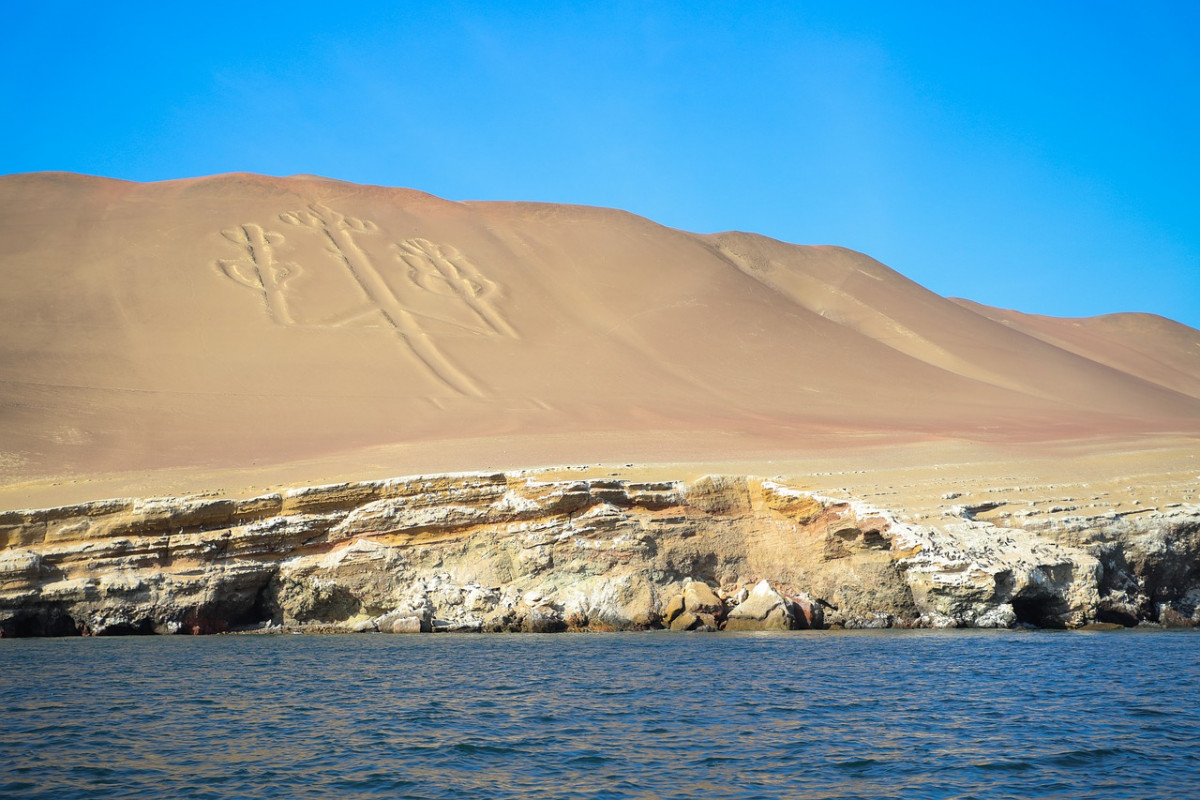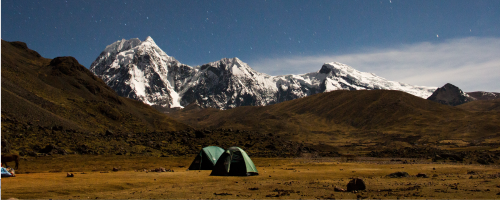Ancient civilizations have left Peru with an unmatched cultural legacy.
In addition to the ruins of Machu Picchu, Peru has more archaeological sites than the rest of South America combined, and the past three decades have been an exciting period in the field of Peruvian archaeology, with new discoveries changing the way historians interpret not just the history of Peru, but also that of all mankind.
The discovery by Ruth Shady of the ruined city of Caral in 1994 revealed the existence of a 5000-year-old sedentary civilization that predated Chavin – previously held to be Peru’s “mother culture” – and appeared to indicate that the world’s archaeological community had been wrong to assume that war was the driving force behind the development of early cities: Caral had no enemies and therefore no fortifications.

In Peru, high culture emerged in the second millennium BC, during which irrigation techniques led to greater agricultural productivity and the subsequent development of pottery and ceramics and the emergence of several urban centers.
The first truly Pan-Andean cultures emerged around 900 BC, with the rise of both Chavín and Sechín, with Chavín influence spreading throughout the region through its religion and art while Sechin’s power was essentially military in nature.
With the break-up of Chavín around 300 BC, Peru fragmented into regional cultures which archaeologists are able to identify today principally through their pottery. These cultures include Vicús in the north and Paracas in the south, where what many experts regard as the finest textiles in all history were created.
Paracas gradually gave way to what we call Nasca culture, which produced the famous geometric and zoomorphic Nasca Lines. At the same time, in northern Peru the warlike Moche culture developed, building irrigation systems, an early road network, and producing exquisite art in pottery, gold, silver and semi-precious stones. The extraordinary Moche tomb known as the Lord of Sipan was discovered in 1987.

Wari (based around present-day Ayacucho) and Tiahuanaco cultures spread their influence through much of Peru, Bolivia and Argentina from around 600 AD, and some of their forms of government would later be adopted by the emergent Inca culture.
The Incas began their imperial expansion from the Cusco valley in around 1438 AD. Through both conquest and the peaceful absorption of other cultures – from the Colla around Lake Titicaca to the Chachapoyas and Chimú in the north – the Incas were able to create and govern the largest empire seen in the Americas before the arrival of the Spanish in 1532.
Contact Andean Adventures Peru directly to learn more about how you can experience Peru’s matchless cultural legacy.
